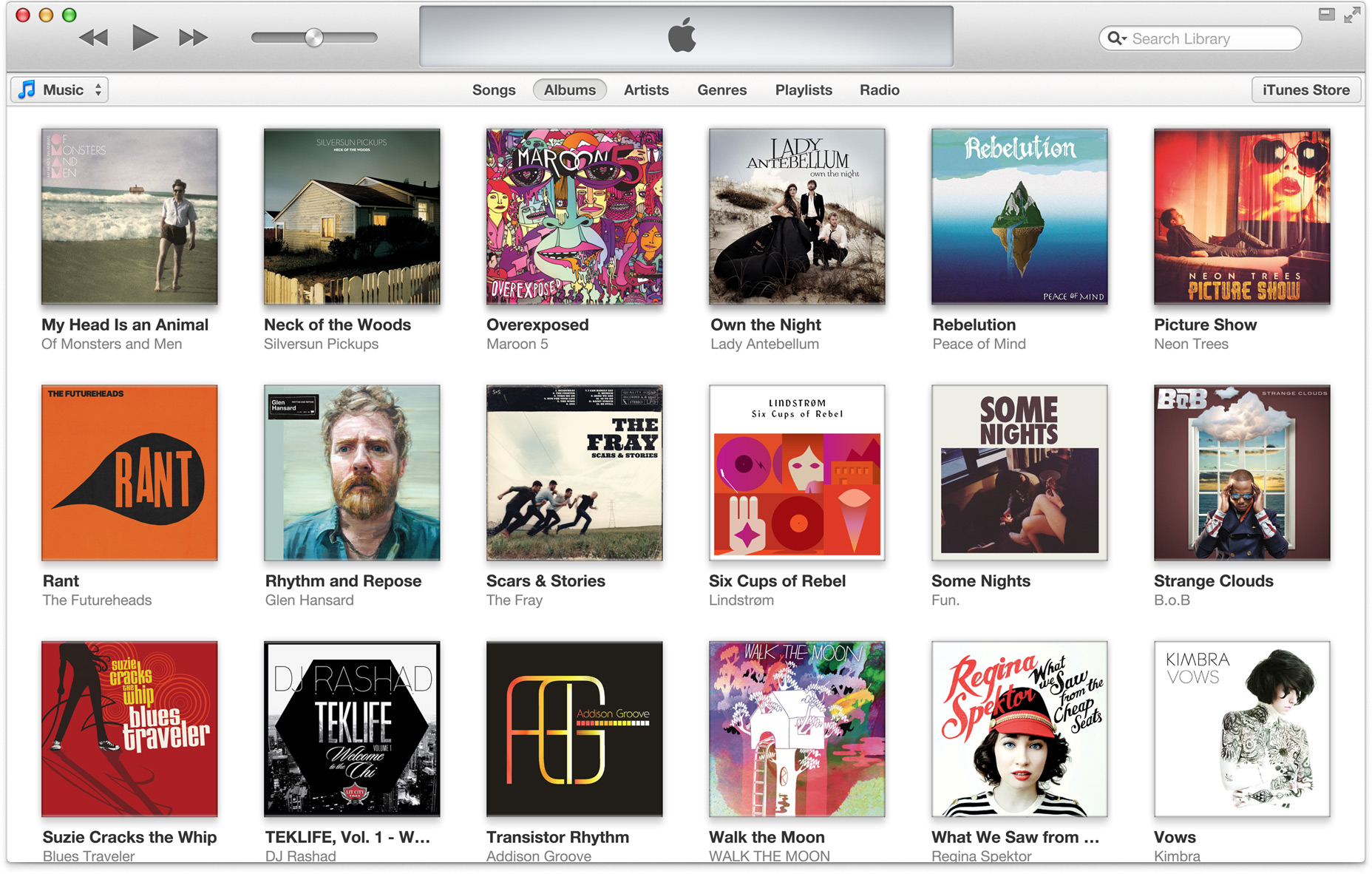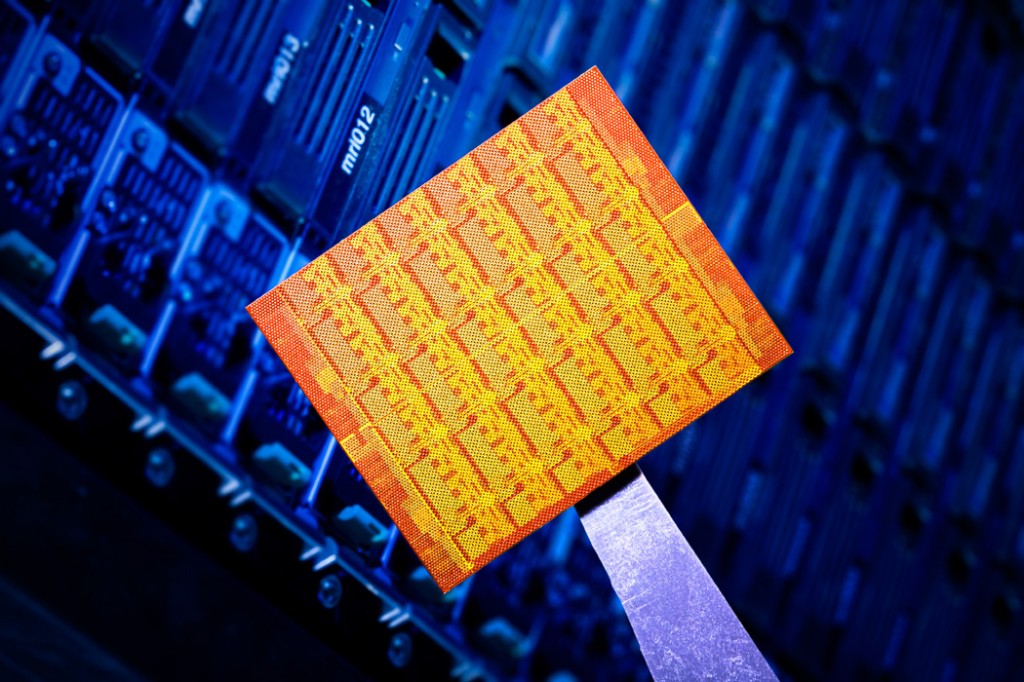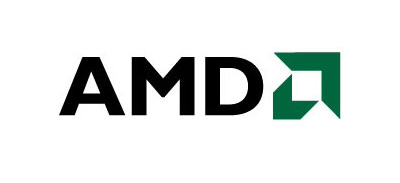News
 |
Google's upcoming phone, the Nexus 4 will launch at an extremely competitive price of $299.00 with no contract. How did they get the price so low? Part of the answer is its lack of America's favorite 4G network, LTE. That's correct, it will be a 3G/WIFI only device. It will lauch with Android 4.2, and a quad core Snapdragon 1.5 Ghz processor, which will make processing material on the phone quite fast. But, anything that needs to be downloaded will be at roughly the same speeds users experience on their networks now with their current smart phones.
- Details
- Hits: 3075
 |
According to Bloomberg, Google's application store (Google Play) has grown to over 700,000 titles. Hereby, Apple has lost the advantage according to the number of applications available for the platform, and is now tied with Google. The Android giant has certainly done some work to improve their numbers, like publishing guides for developers on how to develop the games specifically for Android, or just port them to it from other platforms.
- Details
- Hits: 2886
 |
According to an announcement from Apple, the company has delayed the release of iTunes 11. The application will now be available in late November according to the Apple’s announcement. No official announcement on the reasons for the delay has been made but their spokesman said “The new iTunes is taking longer than expected and we wanted to take a little extra time to get it right. We look forward to releasing this new version of iTunes with its dramatically simpler and cleaner interface and seamless integration with iCloud before the end of November.”
- Details
- Hits: 2945
 |
While today's high-end smartphones feature dual-core and quad-core processors, one day in smartphones and tablets Intel would like to see their future 48-core processors. It is no surprise considering that Intel at this point is largely ignored from mobile platforms in the market, which is dominated by the ARM architecture.
- Details
- Hits: 2619
 |
Yesterday AMD made an announcement that has been in the works for some time and one that we predicted would happen. Late last year as AMD began to change their direction we noticed that AMD was solidifying their partnerships with Texas Instrument, Samsung and a few others who they have always maintained close ties with. AMD had also publicly stated that they were no longer going to compete with Intel head to head in the high-end market but that they were going to work on more power efficient solutions while improving their current offerings for the data center (trying to get more CPU cycles with less power). At the time we felt that AMD was preparing to build their own SoC (System on Chip) offerings we also felt that it was likely that AMD would build both x86 and ARM versions. The last piece of the puzzle was AMD licensing ARM technology (originally AMD claimed this was for use inside their CPUs to handle security).
- Details
- By Sean Kalinich
- Hits: 3273
More Articles …
Page 416 of 570



